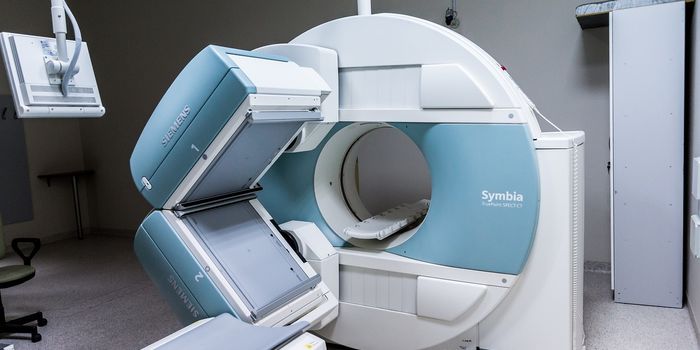Genetic Explanation for Low Cancer Incidence in Elephants
Elephants possess two qualities that might make one expect they are at high risk of developing cancer; they are large and they live long lives.
A cell’s lifecycle involves repetitive rounds of cellular division, which allow for growth and repair. Every time a cell replicates there is a chance a mutation will arise causing the cells to overgrow and develop into cancer. Elephants live on average to at least 65 years. The longer an organism lives, the more opportunities for an error to occur during cellular replication.
In addition, elephants are the world’s largest land mammal. The average elephant consists of about a quadrillion (or 1,000 trillion) cells. In contrast, the human body consists of about 37 trillion cells. If all cells have an equal risk of becoming cancerous, one may think that animals with many cells may be at an increased risk of developing cancer.
However, elephants rarely develop cancer, suggesting they have evolved superior cancer prevention mechanisms despite their large size and long life expectancy. This paradox has encouraged scientists to characterize the mechanisms that underlie these evolutionary benefits. Research has concentrated on a specific gene, TP52, a precursor to the tumor-suppressor protein known as p53. Humans carry one copy of the TP52 gene, while elephants possess 20 copies.
A study published in eLife provides additional insight into the mechanisms underlying the low cancer incidence in elephants by providing a complete picture of the anti-tumor components contained within elephant DNA.
One of the study’s authors, Vincent Lynch, explained that he and his co-author sought to “look at whether the entire elephant genome includes more copies of tumor suppressors than what you’d expect.”
The study analyzed the genome of different living elephant species, including the African savannah elephant, the African forest elephant, and the Asian elephant. In addition, the researchers included the genomes of some extinct species like the Woolly mammoth in the analysis.
The study identified a series of 13 genes that were duplicated in all three elephant species. Notably, the researchers uncovered that the duplicated genes were highly expressed in pathways related to anti-cancer functions. These included genes related to the cell cycle, DNA damage repair, telomere extension, and maintenance and apoptosis. The researchers concluded the reduced risk of cancer due to extra copies of anti-tumor genes facilitated the evolution of elephants' increased size.
Expanding knowledge on the precise mechanisms by which elephants are largely protected from cancer could provide important clues to researchers working to prevent and treat human cancer.
Sources: quadrillion, 65 years, TP52, 20 copies, eLife, Vincent Lynch, look









